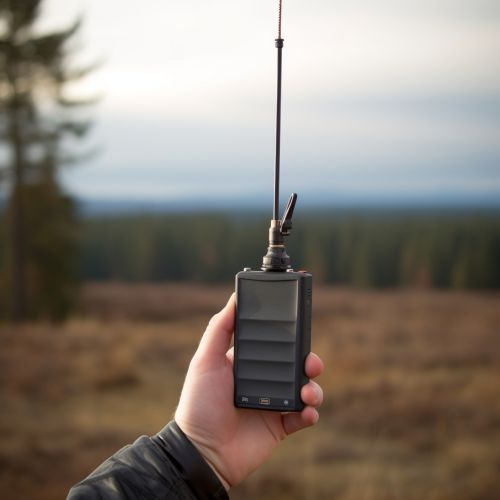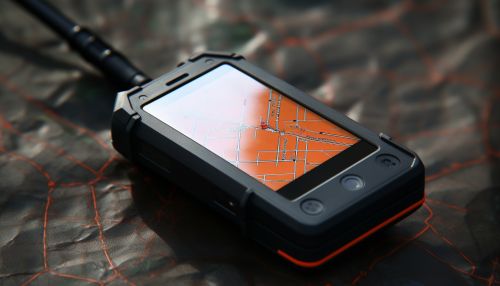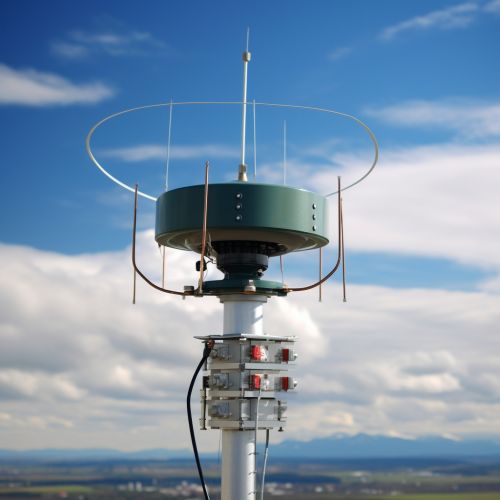GPS jamming
Overview
GPS jamming refers to the act of using a device to block or interfere with GPS signals. This can be done for various reasons, ranging from personal privacy concerns to military tactics. While GPS jamming can have legitimate uses, it can also pose significant threats to navigation, communication, and other systems that rely on GPS signals.


History
The history of GPS jamming dates back to the early days of the GPS system itself. As GPS technology became more prevalent and its applications more varied, so too did the methods and motivations for jamming these signals. Early instances of GPS jamming were primarily associated with military conflicts, where disrupting an enemy's navigation capabilities could provide a significant tactical advantage.


Types of GPS Jammers
There are several types of GPS jammers, each with their unique characteristics and capabilities. These include portable jammers, vehicle-mounted jammers, and stationary jammers. The type of jammer used depends on the specific requirements of the user, such as the area that needs to be covered and the duration of the jamming.


How GPS Jamming Works
GPS jamming works by transmitting a signal that interferes with the GPS signals being received by a GPS receiver. The jamming signal is usually stronger than the GPS signals, effectively drowning them out and preventing the receiver from obtaining a lock on the satellites it needs to calculate its position.


Impacts of GPS Jamming
The impacts of GPS jamming can be significant, particularly given the widespread reliance on GPS technology in today's world. These impacts can range from minor inconveniences, such as a GPS navigation system in a car failing to work correctly, to major disruptions, such as interference with air traffic control systems or military operations.


Legal and Regulatory Aspects
In many jurisdictions, the use of GPS jammers is illegal due to the potential for significant disruption and harm. However, the laws and regulations vary widely, and enforcement can be challenging. Some countries have strict penalties for the use of GPS jammers, while others have more lenient laws.


Countermeasures
There are several countermeasures that can be used to detect and mitigate the effects of GPS jamming. These include the use of anti-jamming technologies, such as adaptive antennas and signal processing techniques, as well as the development of alternative navigation systems that do not rely solely on GPS signals.


